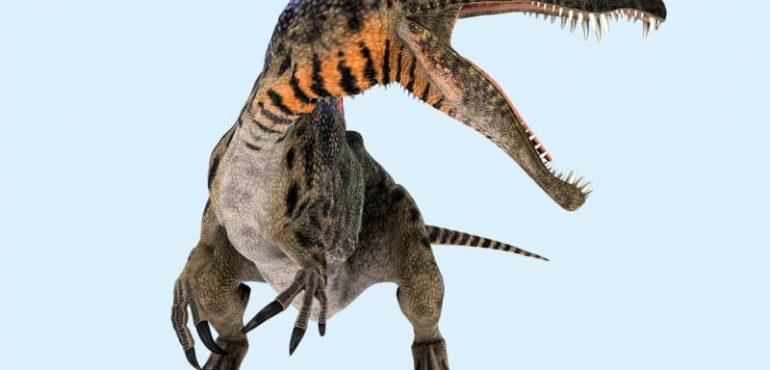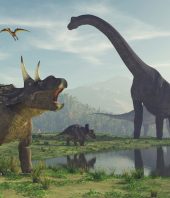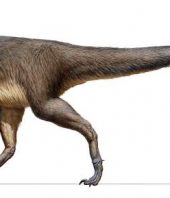HAVE you heard the one about the blind men and the elephant? One man feels its tail and thinks the animal is like a sturdy rope. Another touches its tusk and says, no, an elephant is like a spear, and so on. The moral of this ancient parable is that we shouldn’t assume too much from personal experience. But there is a more literal message that no scientist should ignore: unfamiliar animals with strange features are hard to understand if you can’t see the living, breathing beast.
Over the past few years, palaeontologists have been working on their own version of the parable, with one of the most fearsome animals ever at the heart of it. Look at the jaws of Spinosaurus and you might conclude it was like a crocodile. Examine its gigantic claws and it is like a bear. Its broad, flat toe bones are like those of a wading bird. What could the life of a creature with such apparently conflicting features have been like?
“It’s almost like working on an extraterrestrial,” says Nizar Ibrahim at the Carnegie Museum of Natural History in Pittsburgh, Pennsylvania, who is excavating the bones of one of the most complete specimens we have found. Making sense of this fantastic beast would pay dividends, because Spinosaurus might explain one of the biggest mysteries of dinosaur evolution.
Everyone agrees that Spinosaurus was a giant. We don’t have a complete skeleton, but estimates suggest it was about 15 metres long, making it the largest carnivorous dinosaur yet found (see “Diagram”).
Biggest of the big
It belonged to a dinosaur family …
Source: New Scientist, To continue reading this article ...







